Related Topics
Timing Tariff Modulations
We delve into the fascinating world of time modulation, discussing recent advancements in capacitor technology.
Holy Static Hazard Batman!
Parker and Stephen discuss a recent article exploring how electrostatic discharge damage isn’t the only kind of static hazard digital designs can face.
Captured Pads
Parker & Stephen dive into Circuit Break Discourse, LT3073 regulator, Weldestroyer updates, Box Truk progress, and more!
Other Resources
Circuit Break Podcast
Webinars
Videos
Tour MacroFab's ITAR-Compliant Facility
July 14, 2017, Episode #76
- July Hardware & Electronics Engineering Meetup by MacroFab & Mouser Electronics event is live! Come grab some food, beer, and socializing if you’re in the Houston area
- Previous Podcast Updates
- And!XOR
- Bender on a Bender Defcon 25 badge has a HackADay article
- Friday Hack Chat this Friday (7/14)
- And!XOR
- Parker
- With the success of the Raspberry Pi Compute Module LVDS test board. I started putting together the PinHeck REV8 board
- More Python and OpenCV work (fun!)
- Have the webcam taking pictures
- Auto crops and records all the images of parts
- Looking into a higher resolution camera, more info on that later
- Stephen
- Parts for the filter finally shipped!
- Started putting together the boards
- Like the multi colored jumpers
- Veroboard – Strip Board Mouser Part Number 854-ST2
- 80 x 100 mm with mounting holes
- Use a 7/32″ drill bit and a jeweler’s drill to cut traces and brillo pad to clean up
- Going to add a tube preamp to the synth output
- Already have the preamp built. Just need to connect it.
- Schematic
- Tritrix speakers and the nutube amp.
- Kicking up the nutube amp again
- The speakers are almost built just need to paint and finish
- 3d printed a plate for soldering the crossover to
- Pick Of the Week (POW)
- Nuvoton NAU7802 – found on the Nice Chips Subreddit
- Precision low-power 24-bit ADC , with an onboard low-noise PGA, onboard oscillator, and a precision 24-bit sigma-delta ADC . Capable of up to 23-bit ENOB (Effective Number Of Bits) performance.
- SOP-16 or DIP-16
- I2C
- $2.22 in singles
- Gotcha @10SPS, PGA=1
- Nuvoton NAU7802 – found on the Nice Chips Subreddit
- Rapid Fire Opinion (RFO)
- At Last, (Almost) A Cellphone With No Batteries! – HackADay
- University of Washington
- The first-ever battery free cell phone, able to make calls by scavenging ambient power.
- Not really a cellphone. Its really a remote handset for a base station.
- 3.5 microwatts and transmits 31 ft away.
- Evaluation boards for USB type-C power delivery – Electronics Weekly
- Rohm has announced USB Power Delivery (USBPD) transmitter/receiver evaluation boards.
- 15 to 100W
- All about circuits video
- BM92A21MWV-EVK-001 is the one you want
- Availability: Now
- Pricing: TBD
- At Last, (Almost) A Cellphone With No Batteries! – HackADay
Have an idea for a podcast episode? Maybe a question for Parker and Stephen? [Hit us up!](mailto: podcast@macrofab.com)
Did you enjoy this episode? Let us know in the comments below!
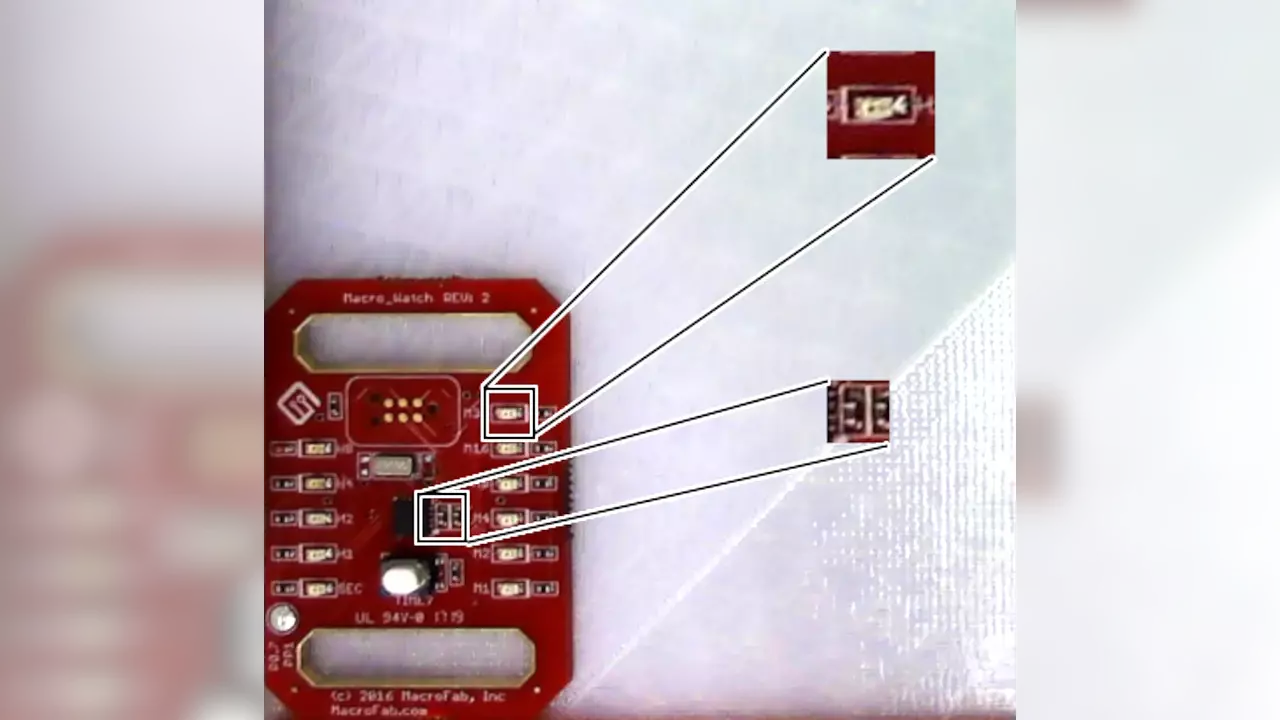
Figure 1: SAIM software test.
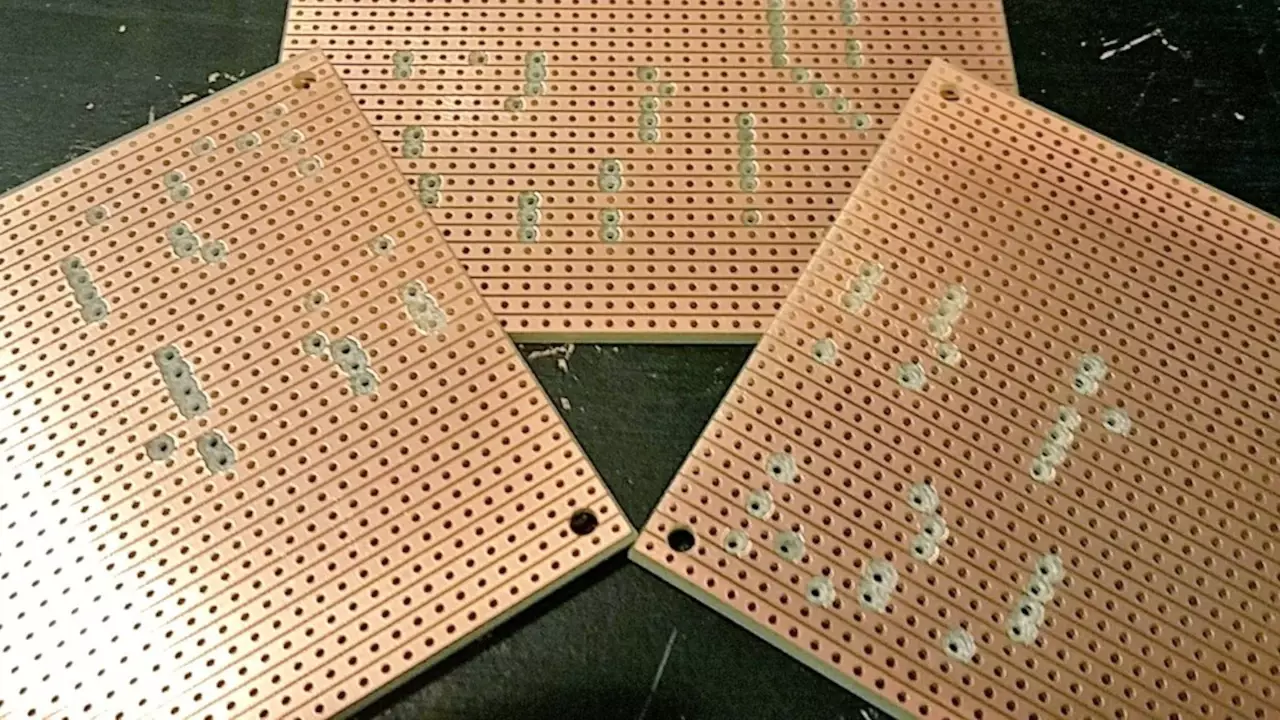
Figure 2: Veroboard Stephen is using.
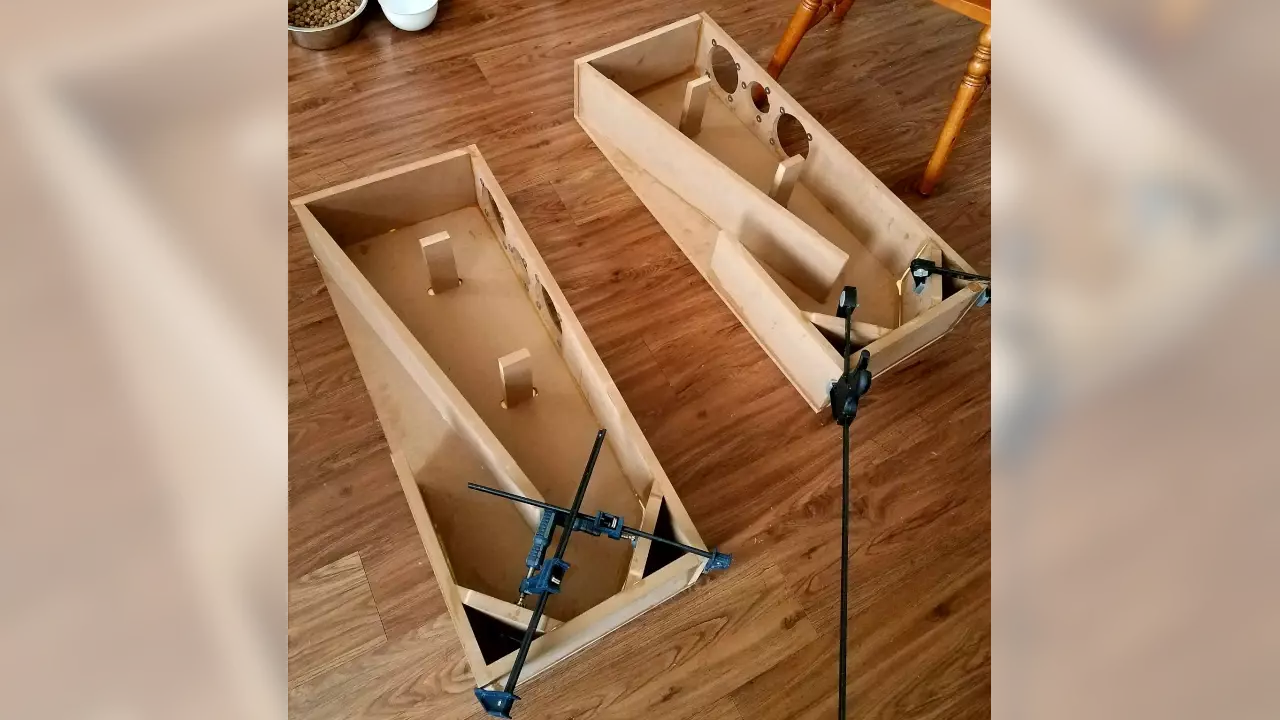
Figure 3: Stephen’s speaker kit under construction.
About the Hosts
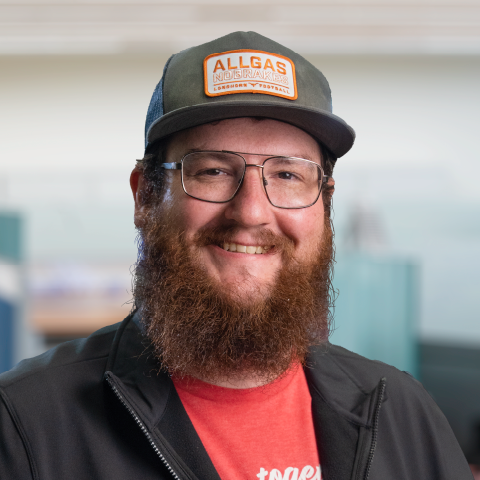
Parker Dillmann
Parker is an Electrical Engineer with backgrounds in Embedded System Design and Digital Signal Processing. He got his start in 2005 by hacking Nintendo consoles into portable gaming units. The following year he designed and produced an Atari 2600 video mod to allow the Atari to display a crisp, RF fuzz free picture on newer TVs. Over a thousand Atari video mods where produced by Parker from 2006 to 2011 and the mod is still made by other enthusiasts in the Atari community.
In 2006, Parker enrolled at The University of Texas at Austin as a Petroleum Engineer. After realizing electronics was his passion he switched majors in 2007 to Electrical and Computer Engineering. Following his previous background in making the Atari 2600 video mod, Parker decided to take more board layout classes and circuit design classes. Other areas of study include robotics, microcontroller theory and design, FPGA development with VHDL and Verilog, and image and signal processing with DSPs. In 2010, Parker won a Ti sponsored Launchpad programming and design contest that was held by the IEEE CS chapter at the University. Parker graduated with a BS in Electrical and Computer Engineering in the Spring of 2012.
In the Summer of 2012, Parker was hired on as an Electrical Engineer at Dynamic Perception to design and prototype new electronic products. Here, Parker learned about full product development cycles and honed his board layout skills. Seeing the difficulties in managing operations and FCC/CE compliance testing, Parker thought there had to be a better way for small electronic companies to get their product out in customer's hands.
Parker also runs the blog, longhornengineer.com, where he posts his personal projects, technical guides, and appnotes about board layout design and components.

Stephen Kraig
Stephen Kraig is a component engineer working in the aerospace industry. He has applied his electrical engineering knowledge in a variety of contexts previously, including oil and gas, contract manufacturing, audio electronic repair, and synthesizer design. A graduate of Texas A&M, Stephen has lived his adult life in the Houston, TX, and Denver, CO, areas.
Stephen has never said no to a project. From building guitar amps (starting when he was 17) to designing and building his own CNC table to fine-tuning the mineral composition of the water he uses to brew beer, he thrives on testing, experimentation, and problem-solving. Tune into the podcast to learn more about the wacky stuff Stephen gets up to.
Special-thanks-to-whixr-over-at-Tymkrs-for-the-intro-and-outro!
Related Podcasts
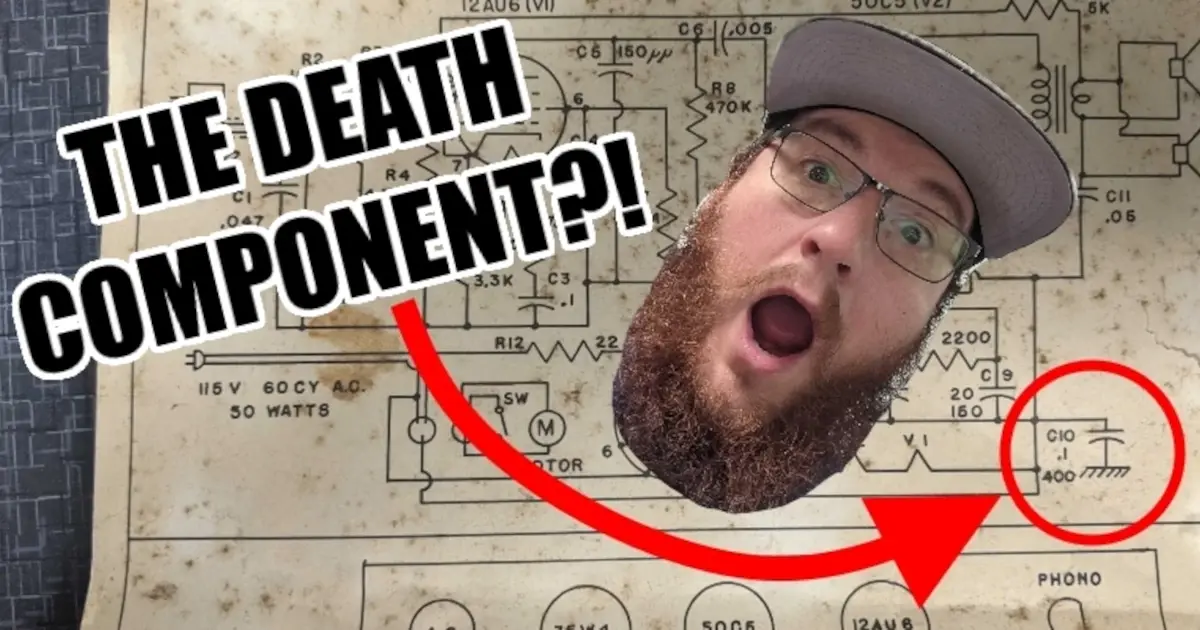
The Pinch Load
What are the common Design Rule Check errors that Parker and Stephen see as Contract Manufacturers? Are these DRC errors the ones that you run into?
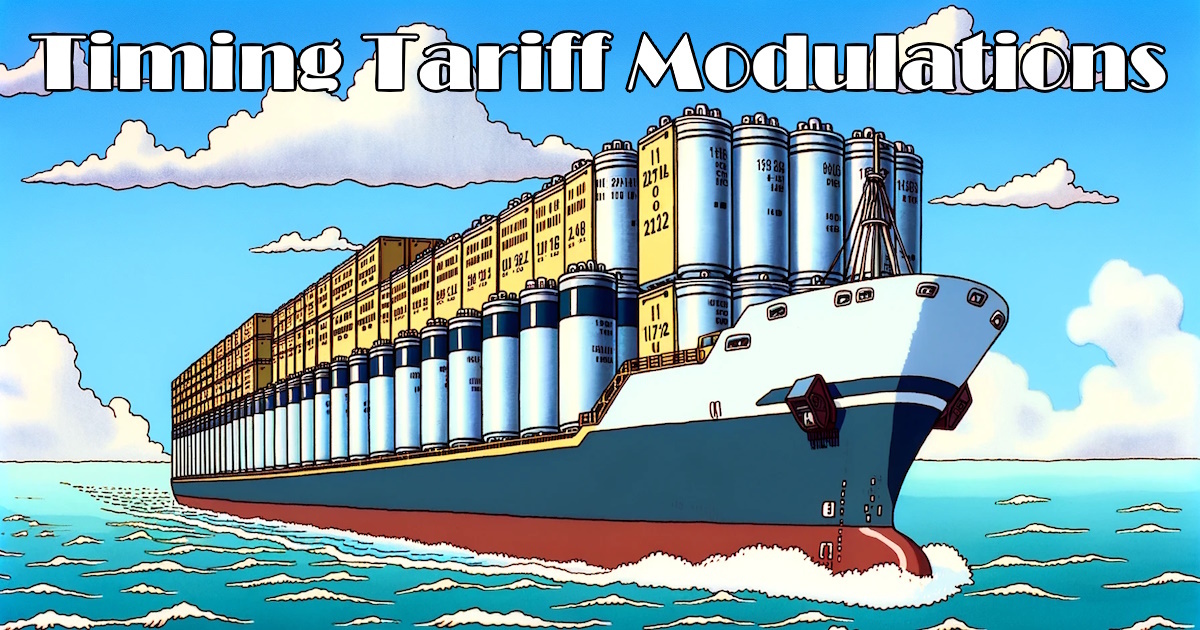
Timing Tariff Modulations
We delve into the fascinating world of time modulation, discussing recent advancements in capacitor technology.
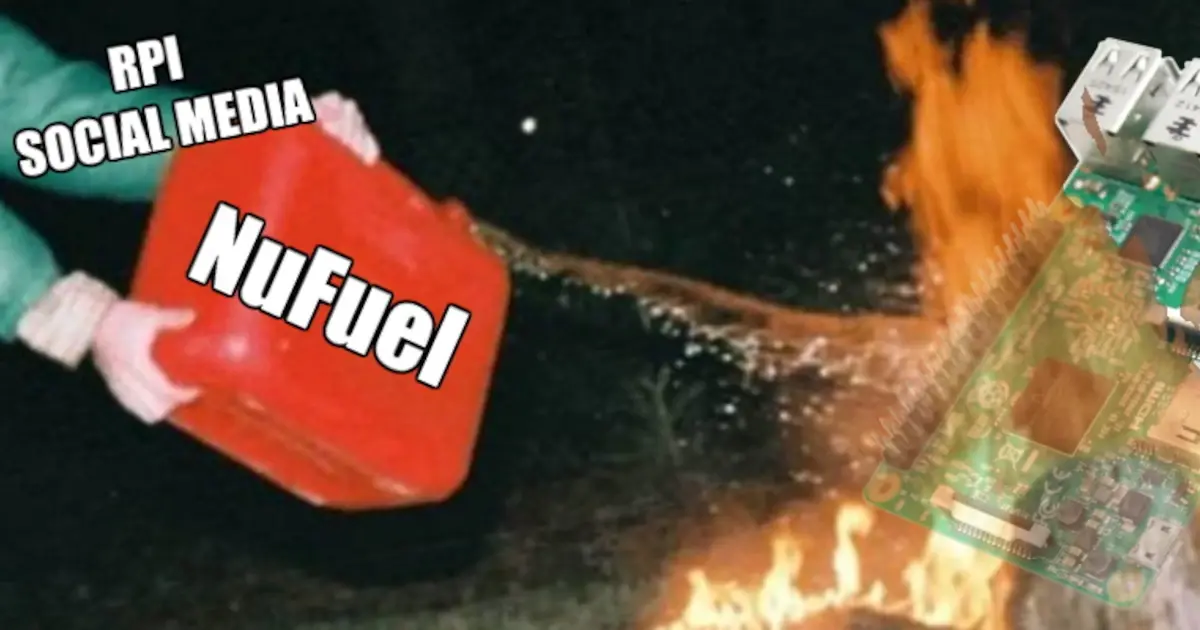
The Social Media Nightmare
This week's topics are: Porsche's Synthetic Gasoline, Record Chip Manufacturing Sales for the year 2022, and the Raspberry_Pi Social Media Firestorm.
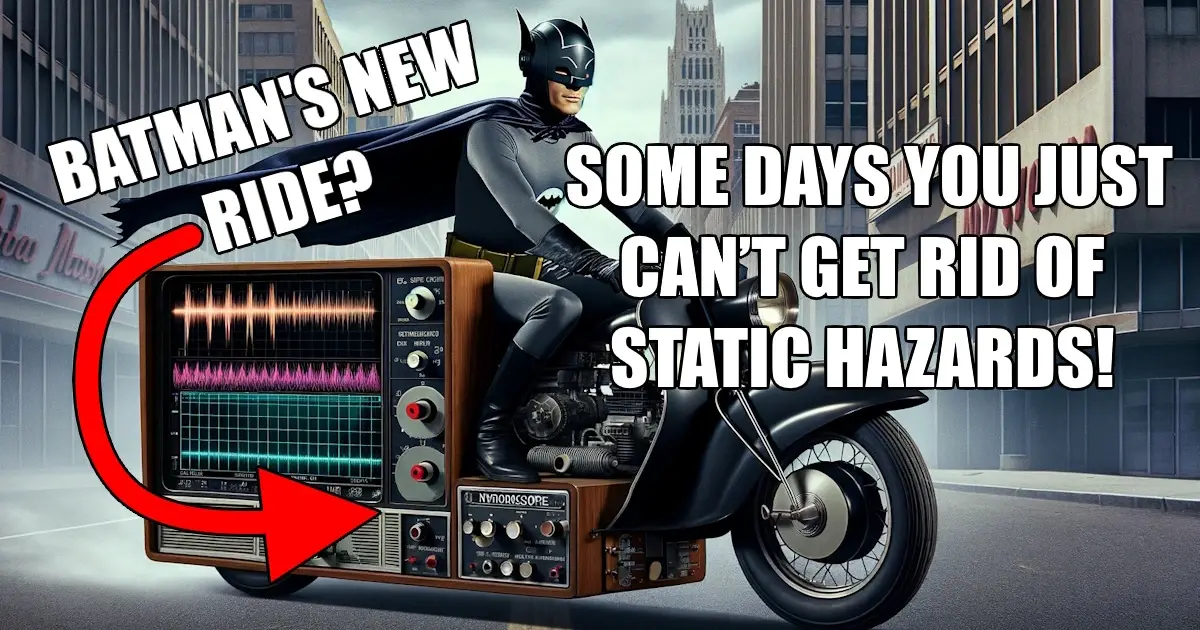
Holy Static Hazard Batman!
Parker and Stephen discuss a recent article exploring how electrostatic discharge damage isn’t the only kind of static hazard digital designs can face.
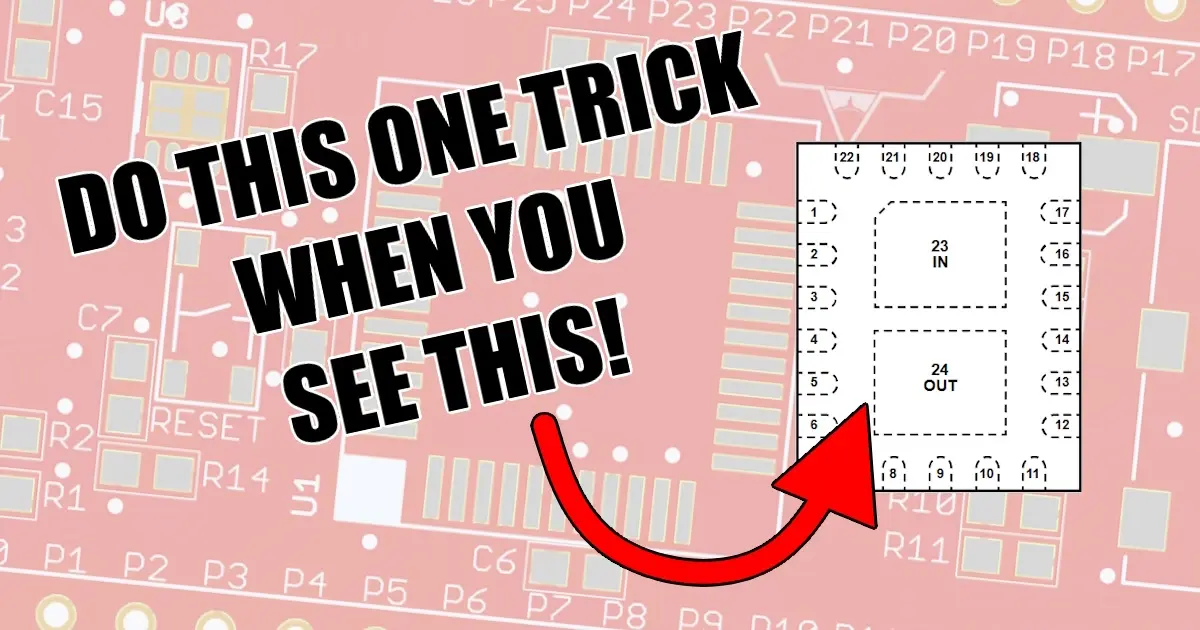
Captured Pads
Parker & Stephen dive into Circuit Break Discourse, LT3073 regulator, Weldestroyer updates, Box Truk progress, and more!

Duke Nukem v. Parker, Raspberry Pi 5, Weldestroyer!
Parker’s charity work, in which he plays video games like Duke Nukem. Plus, deep dive into the Raspberry Pi 5 and Stephen updates about Weldestroyer 3000.
About MacroFab
MacroFab offers comprehensive manufacturing solutions, from your smallest prototyping orders to your largest production needs. Our factory network locations are strategically located across North America, ensuring that we have the flexibility to provide capacity when and where you need it most.
Experience the future of EMS manufacturing with our state-of-the-art technology platform and cutting-edge digital supply chain solutions. At MacroFab, we ensure that your electronics are produced faster, more efficiently, and with fewer logistic problems than ever before.
Take advantage of AI-enabled sourcing opportunities and employ expert teams who are connected through a user-friendly technology platform. Discover how streamlined electronics manufacturing can benefit your business by contacting us today.